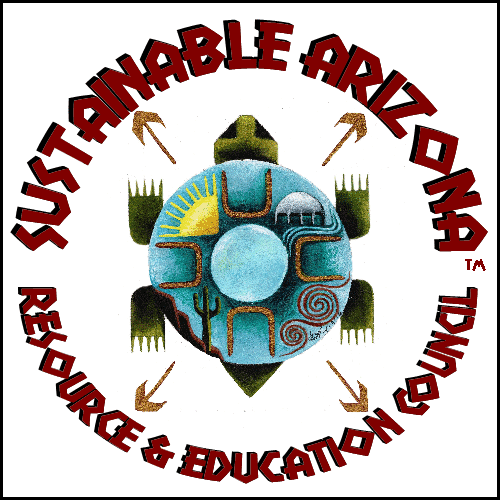In the 1950s, our home was in the Stevenson camp. We didn’t Like Ike for president. Although he was undoubtedly a war hero, as a Republican, he seemed to represent big business at the expense of the rest of us – the working people. We were a union household, and back then working people were loath to trust the rich and powerful. After all, American history (in fact, world history) is full of hundreds of years of the rich sacrificing the working people to maintain their wealth and power.
Anyway, we didn’t like Ike as president. But, today, he seems like a hero, compared to many of the feeble and corrupt-minded people currently in power. In the years that followed, I’ve found myself quoting Eisenhower’s Farewell Address. That’s where he refers to the dangers of our then new, military industrial complex. Ike was prescient, for today, much of our foreign policy and our nation’s domestic spending priorities are warped to keep this military industrial complex functioning. We don’t have money to combat climate change. There are no funds to improve education or health care. But we never run out of funds to bomb another country.
I recommend reading this remarkable address, and comparing the words of this exemplary military leader to those we must hear (or read) from our government today. Where are those political leaders when we need them?

 Baltimore, MD—Maryland electric customers will save more than $4 billion due to energy efficiency improvements made at homes and businesses through a successful Maryland program, according to a first-of-its-kind study from the American Council for an Energy-Efficient Economy (ACEEE). The study, co-authored by a former Maryland Public Service Commission energy analyst, highlights how the first phase of EmPOWER Maryland has yielded substantial economic growth and environmental benefits across the state.
Baltimore, MD—Maryland electric customers will save more than $4 billion due to energy efficiency improvements made at homes and businesses through a successful Maryland program, according to a first-of-its-kind study from the American Council for an Energy-Efficient Economy (ACEEE). The study, co-authored by a former Maryland Public Service Commission energy analyst, highlights how the first phase of EmPOWER Maryland has yielded substantial economic growth and environmental benefits across the state.
 Penguins! These adorable flightless birds are cherished by adults and kids alike for their funny ways and their tuxedo-like outfits. The penguin lifestyle is fascinating and their behavior is extraordinary.
Penguins! These adorable flightless birds are cherished by adults and kids alike for their funny ways and their tuxedo-like outfits. The penguin lifestyle is fascinating and their behavior is extraordinary. 
 N
N